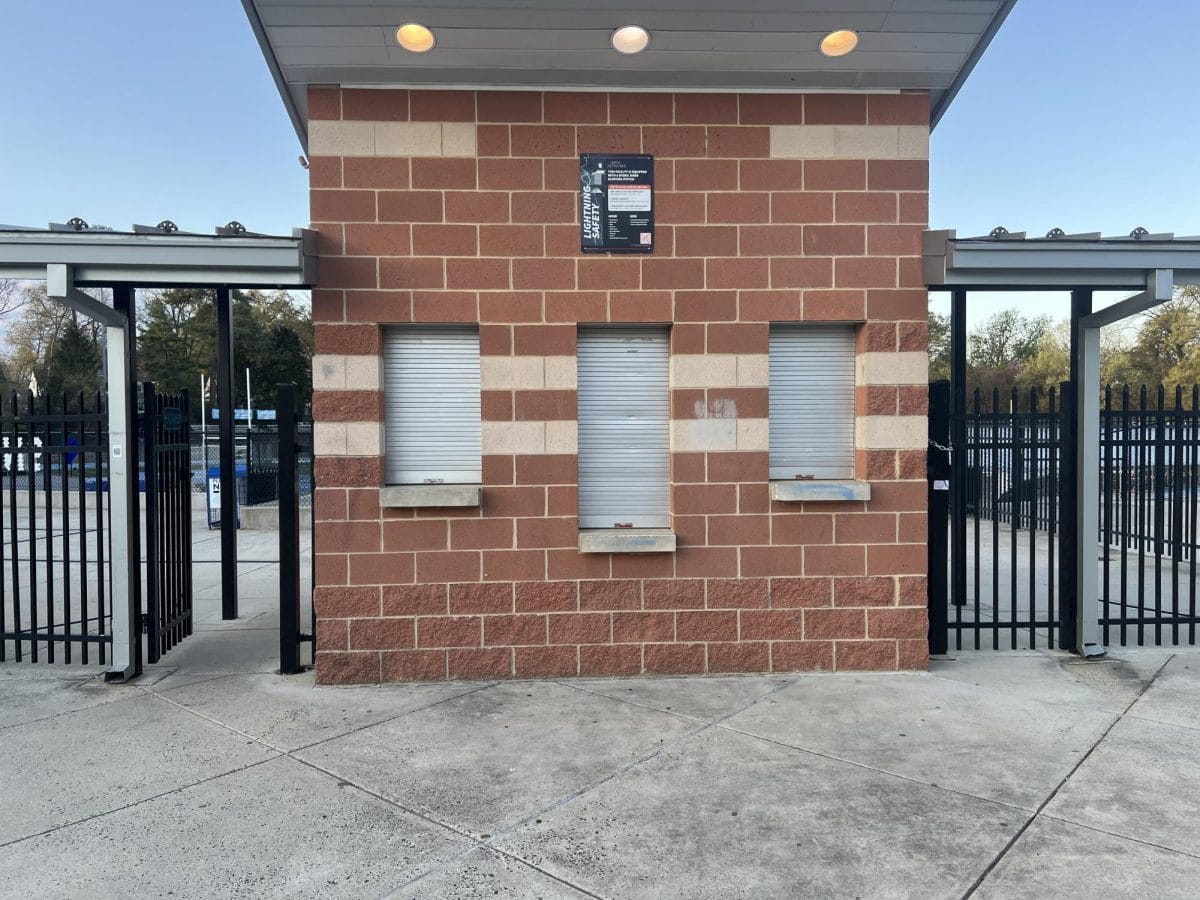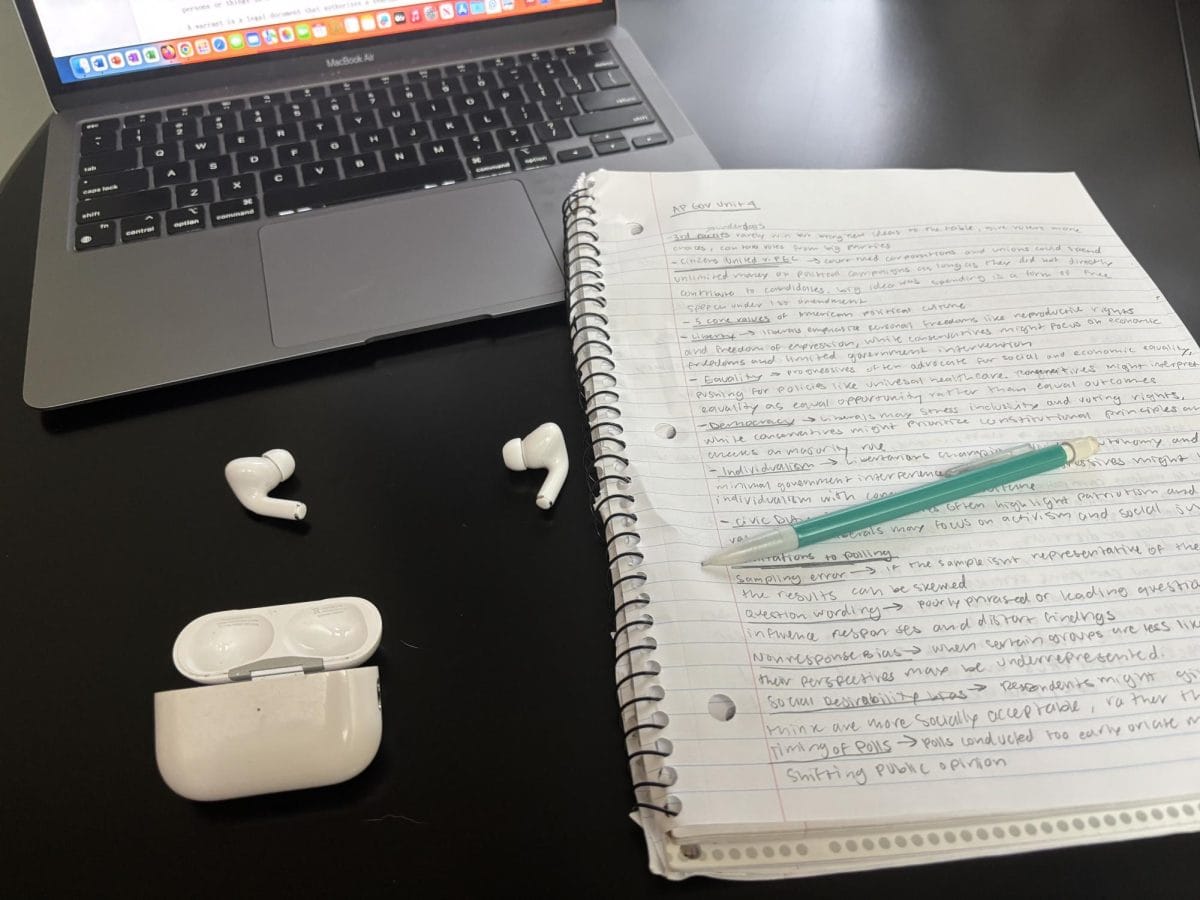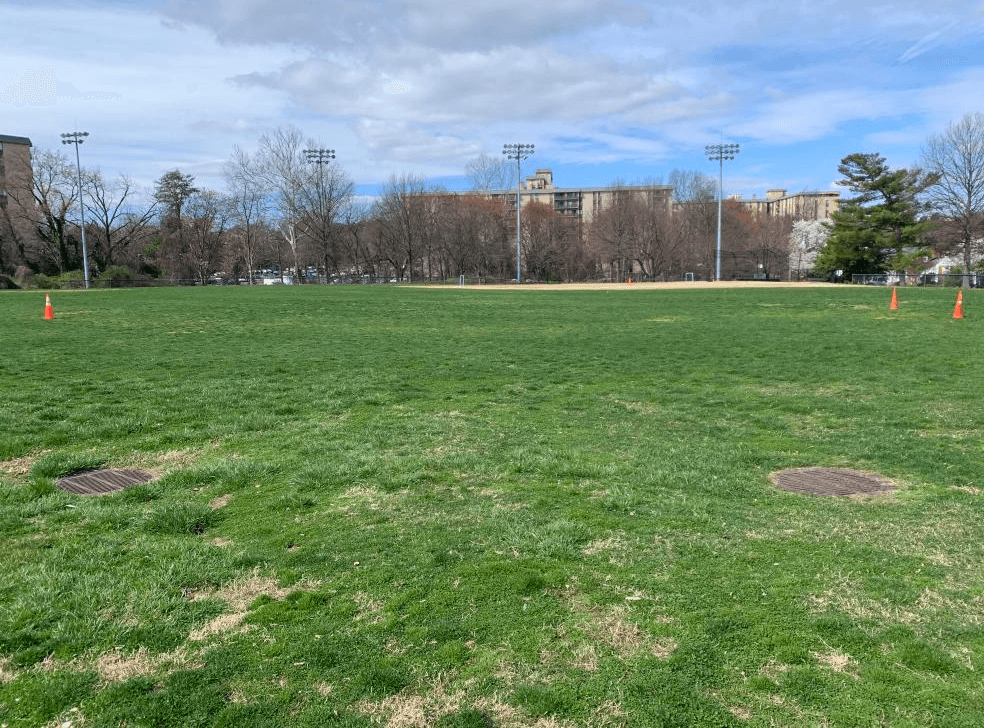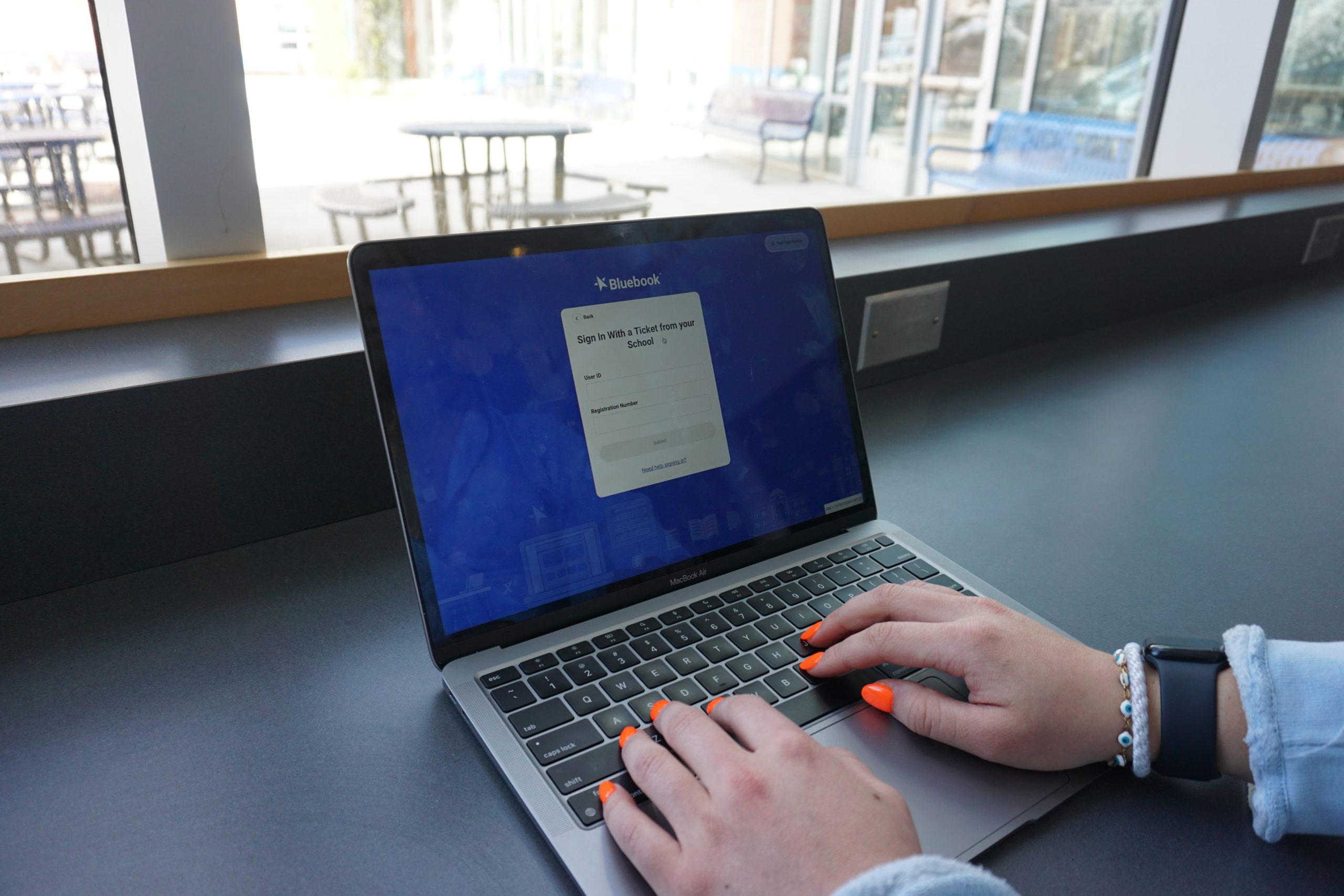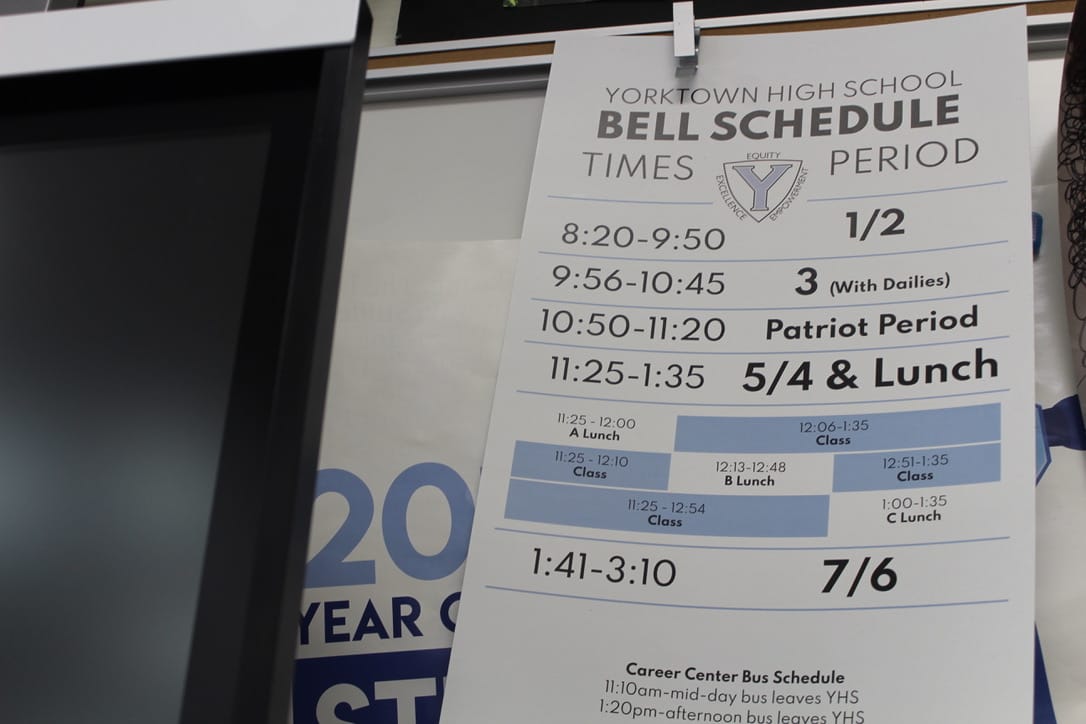On March 9, 2024, I took the SAT for the first time. Even though a majority of schools have gone test optional for current seniors who are applying, many juniors are still taking either the SAT or the American College Test (ACT). Submitting your test score could help in the admissions process but not submitting them has no negative effects. The SAT switched to a digital format in the United States at the start of 2024. Taking the SAT on computers has simplified the process greatly for students and College Board alike.
One of the best things about having the SAT go digital is that study materials are more widely available. Khan Academy has great study resources (link), and the app used for testing, Bluebook, has practice tests that are similar to what a student might be given on test day. Before 2024, when the test was still on paper, students could use online study materials but would have to buy or print out practice tests. This way, practice is much more accessible to everyone and therefore allows everyone the ability to be on fairly equal ground when test day arrives.
Another bonus of the digital SAT is that scores are returned within two weeks. For example, if a student took the SAT this year on March 9, then they will get their scores returned by March 22. This is much faster than the previous years which took around a month. Scores being returned earlier means that students will be able to decide sooner if they want to take the SAT again in an attempt to get a better score.
Students might take the SAT again if they are unhappy with the score they received. In previous years colleges required students to submit their test scores in their application. A lot of seniors this year had the option to submit their scores depending on where they applied.
For 2024, the opportunities juniors have to take the SAT are one each in May, June, August and October. The May and June SAT dates will be hard for juniors to prep for. In May and April most juniors will being studying for AP exams and have trouble making time for additional test practice. The June SAT is right at the start of June but students would have to begin studying in May. This would leave students with the option of retaking the test right at the end of summer or during the school year when school work is starting to get harder.
The test has been shortened in time and amount of questions, from 154 total questions in 2023 to 98 in the digital version in 2024. Less questions also means that it will take less time to finish the exam. The digital SAT now includes two 32 minute reading modules, each with 27 questions and two math sections that are each 35 minutes and 22 questions. The total time to take the exam is now 2 hours and 14 minutes compared to the previous 3 hour long test.
One major problem that has been expressed over social media is the unexpected difficulty of the second math section. Myself, along with many other students who were taking the test, were shocked by how much harder the second section was compared to the previous one. The practice tests that were provided by Bluebook were nowhere near as hard as that section. The practice tests overall seemed to be a lot easier than the majority of the questions given in the actual SAT. Hopefully the practice materials are slightly altered to help prepare students better for this new format.
Overall, the SAT going digital is beneficial for students as it makes practicing easier and the test itself faster.



















